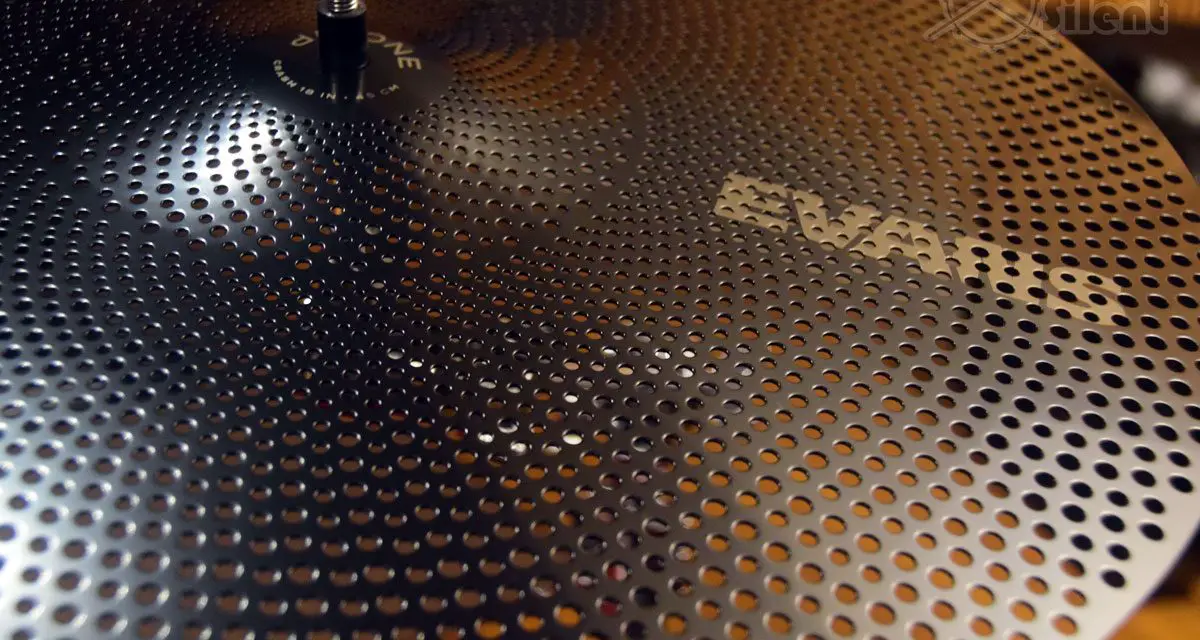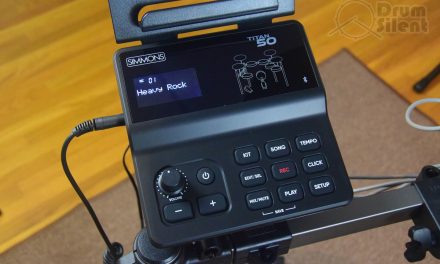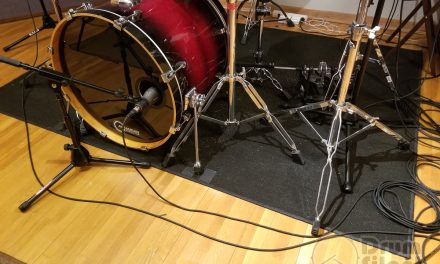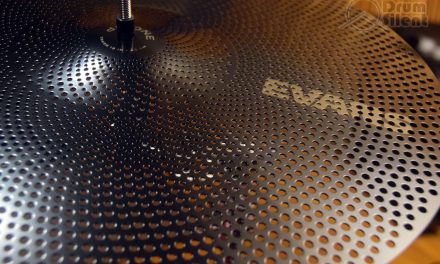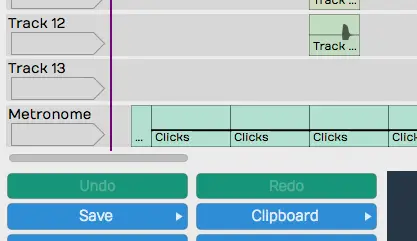Low volume cymbals are becoming increasingly popular and many drummers are turning to them for practicing at home, drum lessons and other specialized situations where lower volume is preferable. Some drummers like them and some don’t, but their utility for practicing can’t be denied. Let’s take a look at some of the pros and cons between using low volume cymbals and traditional cymbals.
The Pros of Low Volume Cymbals
Volume Reduction
This is the obvious one. Low volume cymbals can be much more quiet than traditional cymbals. A good low volume cymbal can take the volume down by up to 50-80%. Traditional cymbals can be very loud, and sometimes that loud volume is only appropriate for stage performances, full volume rehearsals or jam sessions, stuff like that. The excess volume from traditional cymbals can often be too much if you’re just wanting to practice at home.
More Familiar Playability
Even though low volume cymbals are much more quiet, they tend to feel about the same when being played. They have the same stick response and feel as a traditional cymbal. They move, sway and react the same as a traditional cymbal. They are also often sized about the same as a traditional cymbal.
This is a positive for sure, especially when compared to other low-volume alternatives such as electronic drum kits which will have rubber cymbal pads that may or may not feel like an acoustic cymbal. The familiar playability of low volume cymbals makes it easy to transition between low volume cymbals and traditional cymbals without negative impact on your technique.
Variety and Versatility
There are enough options for low volume cymbals on the market that you can find plenty of variety to fulfill specific needs. Many of the popular low volume cymbal packs include hi-hats, different sized crashes and even 20 inch crash-rides. There are also low volume splash cymbals and china cymbals available from certain manufacturers. The point is that if you decide to incorporate some low volume cymbals into your drum kit, you won’t feel overly restricted in the types of cymbals available.
Recording and Studio Use
Low volume cymbals in a recording environment is an interesting idea. The reduced volume would lend itself to less bleed with other instruments and put more focus on the drums like the kick, snare and tom. This could be suitable for certain types of recording situations, where cymbals are overpowering everything else and there is a need to take them down a few levels.
However, the tonal differences with some of the more extreme low volume cymbals such as the Zildjian L80’s might not be suitable for recording. A good example of low volume cymbals that might good for recording are the Agean low volume cymbals since they maintain a more traditional tone while also offering some volume reduction.
Hearing Health and Hearing Protection
The volume of traditional cymbals can be enough to cause hearing issues from prolonged exposure. I know my 40 something year old ears are suffering from years of playing loud heavy metal drums, and the loud volume of traditional cymbals have had a lot to do with that. I can’t even sit and play at a traditional drum kit without some sort of hearing protection anymore, otherwise the sound is too harsh and too distorted for my beat up ears.
Low volume cymbals are much more easier on the ears and will have much less chance of causing hearing loss or tinnitus. Especially if you want to play without hearing protection.
The Cons of Low Volume Cymbals
Different Tonal Characteristics
Low volume cymbals certainly retain the feel of a traditional cymbal, however they do lose a lot of the rich tonal characteristics that can be found in traditional cymbals. Low volume cymbals often sound much more thin and they lose a lot of the body and nuance of the cymbal sound. Not to mention many low volume cymbals aren’t made with the most tonally interesting materials and are manufactured instead to be an affordable practice solution.
Less Projection and Limited Presence
Traditional cymbals will be able to hold their own within a mix or performance due to their ability to project sound more effectively and. Their presence is much stronger and they can fight with other louder instruments just fine. Low volume cymbals will lack projection and presence. This is why low volume cymbals are not seen very often in live performance settings.
Expressive Limitations
The volume reduction of low volume cymbals can make them feel less expressive than traditional cymbals during play. Their limited volume range and tonal differences can feel restrictive if you play certain styles of music. Low volume cymbals also lack the explosive properties that can be valuable for high energy styles of music such a rock and metal. While this isn’t as big of a deal for practice sessions, it certainly is a big deal when performing or jamming live with friends.
Acceptance and Expectations
Low volume cymbals are not the norm, especially for live performance situations. This can mean that if you drag some low volume cymbals out to a show, you’ll probably be the odd drummer out when comparing your cymbals to other drummers setups. Of course there are instances where it might be more acceptable, but more often than not people are expecting traditional cymbals and the sounds they provide. People might have expectations for how cymbals should sound and might react like they are seeing something exotic when they see low volume cymbals in use.
What Will Work Best For You?
As you can see, there’s plenty of ways to look at the usage of low volume cymbals. It’s not uncommon for drummers to have a set of low volume cymbals in addition to their traditional cymbals for situation such as practice and teaching. At the end of the day, if you are trying to decide if low volume cymbals are right for you, it really comes down to your personal situation and preferences. If you need more info to make a decision regarding which low volume cymbals to try, check out our low volume cymbal reviews.

